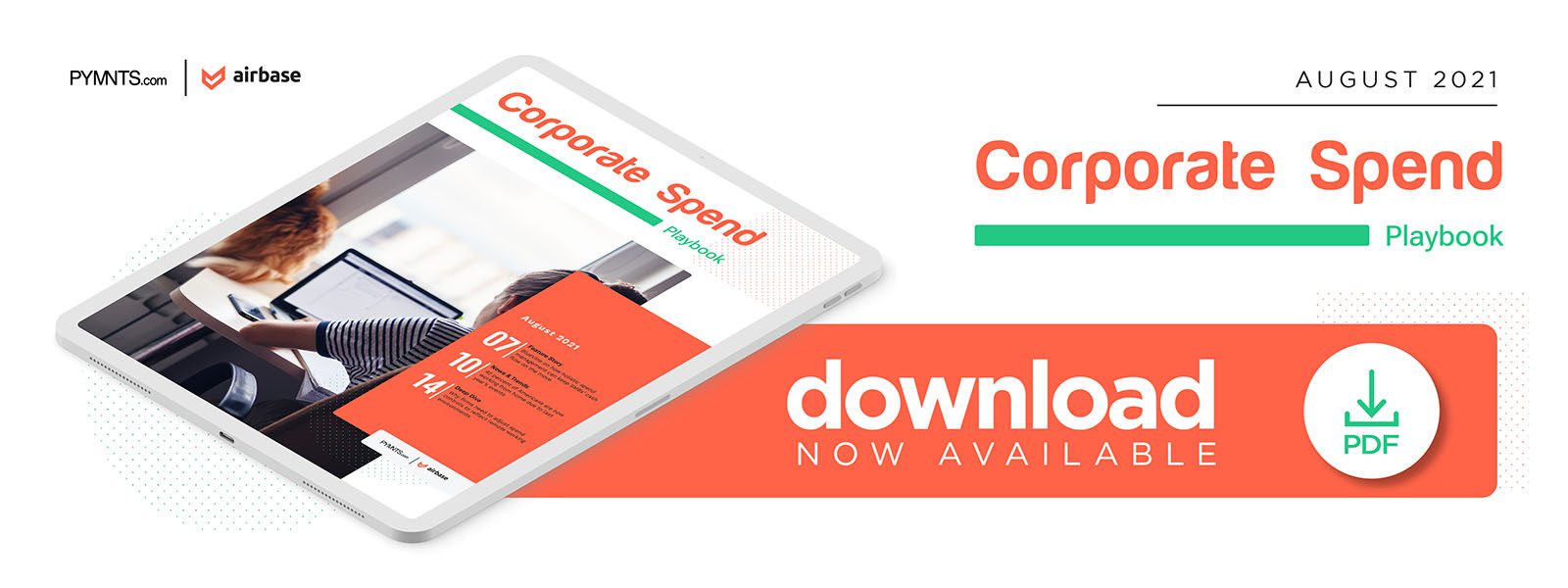Deep Dive: Why Virtual-First Firms Need Transparent, Digital Spend Management Controls

Companies are becoming more global in scope with each passing year. A PYMNTS study from March found that approximately $10 trillion of the $120 trillion in payments volume that changes hands between business trading partners annually is now sent across borders. Tightly controlling spending to maintain one’s budget is critical for businesses that want to perform successfully on this worldwide stage, and 32 percent of chief financial officers in a May report cited improvement in planning and budgeting as one of their top goals.
Achieving this may be more difficult than it seems, as many companies are also adjusting their daily operations to fit the needs of an expanding remote workforce. A rising number of employees may never return to brick-and-mortar offices, meaning that their organizations must continually adapt what was traditionally manual accounts payable (AP) and other payment processes to fit digital channels. Outdated spend management tools can be a source of friction in the process, making it harder for firms to maintain their budgets. Many companies may also be unfamiliar with the digital tools or platforms they could use to easily and transparently track their spending. Thirty-five percent of chief financial officers in the same May study claimed that a lack of awareness of digital technologies and their potential usefulness is what is holding them back from innovating their budgeting, cash management or other business processes.
The following Deep Dive examines how businesses’ B2B and spend management needs have shifted in the past year and details why having access to transparent, holistic budgeting tools is imperative to companies’ successes. It also explores how expense management solutions can help as well as which tools and technologies could provide positive benefits to companies looking to keep track of their cash flows in greater detail.
Making The Jump To Remote, Virtual Budgeting
Most businesses are well aware of the need to have transparent budgets in place to facilitate their yearly operations. A May survey found that about half of U.S. small and medium-sized businesses (SMBs) created documented budgets for 2020, while 54 percent did so for 2021. Many companies are also restructuring their expense reporting or other spending processes to respond to the new ways that employees are working and money is moving after the impacts of the past year. Only 27 percent of SMBs in a March U.S. Census Bureau survey reported that they expected to spend money on travel — traditionally one of firms’ biggest cost areas — in the next six months, for example.
The ongoing transition to remote work has not simplified companies’ spend management processes, however. The leap to this virtual work environment has generated new discussions around what should qualify as business expenses in the first place and inspired confusion over their reporting among individuals working from home. One study found that 56 percent of employees were not allowed to bring equipment from their offices to their homes, for example, with approximately one-third of those surveyed then purchasing tools or furniture themselves.
Deciding whether to treat these remote purchases as expenses — 37 percent of firms declined to do so — and refitting existing processes to run smoothly in a virtual setting has generated months of complex work for businesses. This has had its own impact on cash flow, with approximately 35 percent of SMBs in the aforementioned May survey reporting that they overspent their 2020 budgets. Keeping more transparent tabs on spending is thus likely to be a key priority for companies at present, and employee frustration with delayed or outdated budgeting tools bears this out. Eighty-four percent of employees in a November 2020 study agreed that better spend management systems would improve their opinions of their employers, while 78 percent said it would make them more productive workers.
Organizations clearly wish to improve their budgeting operations, but they must be sure they are incorporating tools that can handle a higher quantity of digital data with the speed and accuracy needed to stay competitive. Automated AP processes could offer a significant advantage.
The Dawn Of The AP Automation Age
Digital spend controls can empower businesses to better track their cash flows with more transparent views into incoming and outgoing payments. These tools allow AP teams to easily view expenses from different sources in their companies — such as corporate card spend, for example — or help consolidate digital invoices and receipts on one convenient platform. Digital invoices are gaining interest as firms perceive a greater need for electronic budgeting solutions, and 46 percent of midsized firms surveyed in a March PYMNTS study planned to enable payments from online invoices in the next three years.
AP automation is gaining ground, as another report predicts the market will grow from $2.5 billion by the end of the year to $4.5 billion by 2026. Companies will want to keep a close eye on how automation and other technologies could clarify their budgeting and give them tighter control over cash flows as the digital economy continues to evolve.

